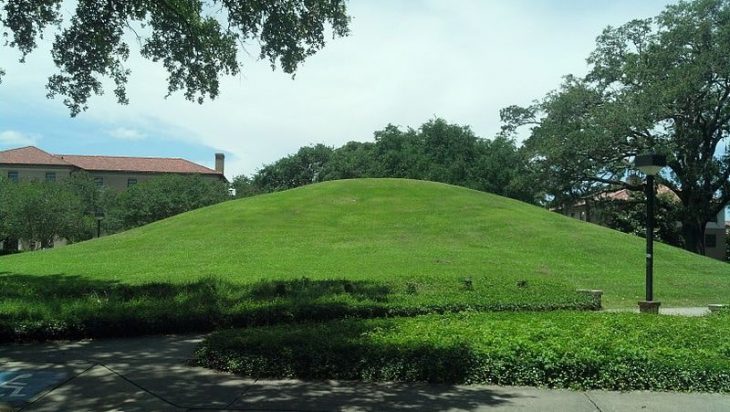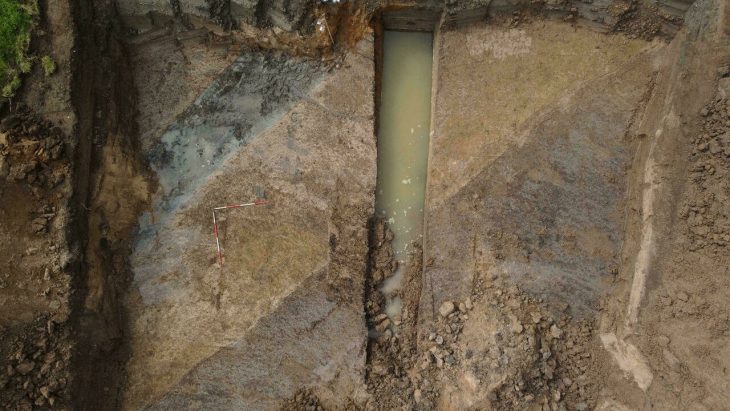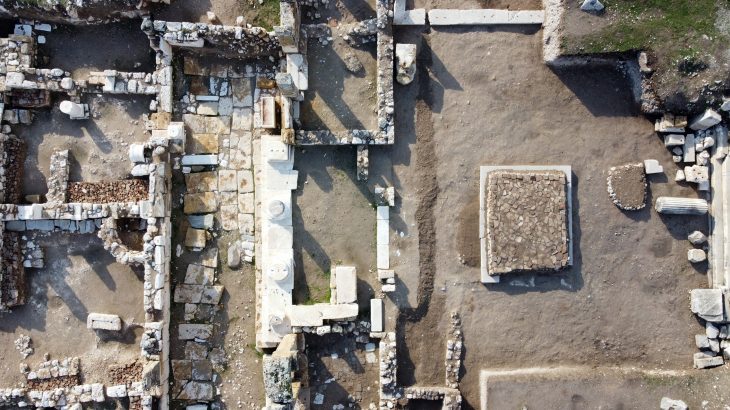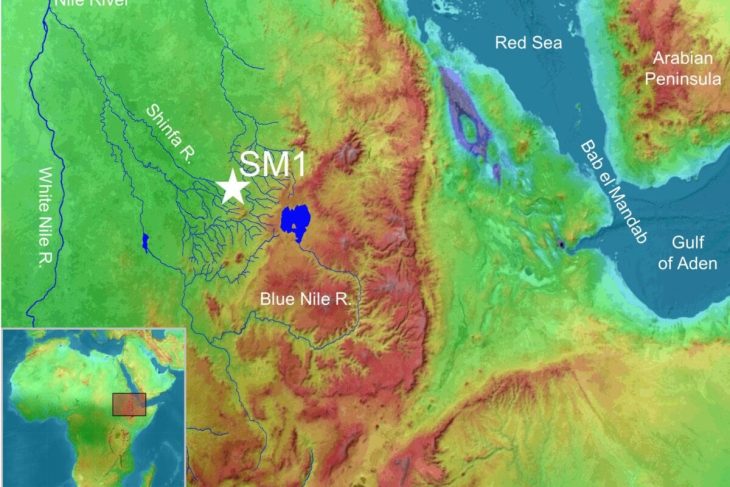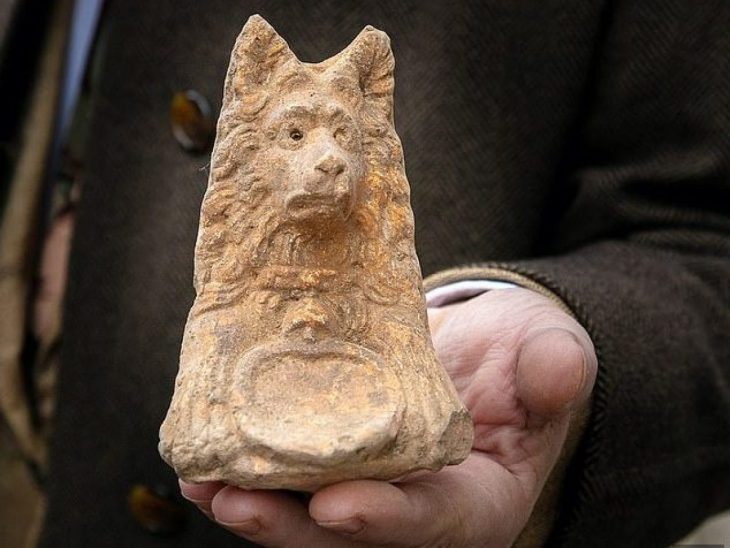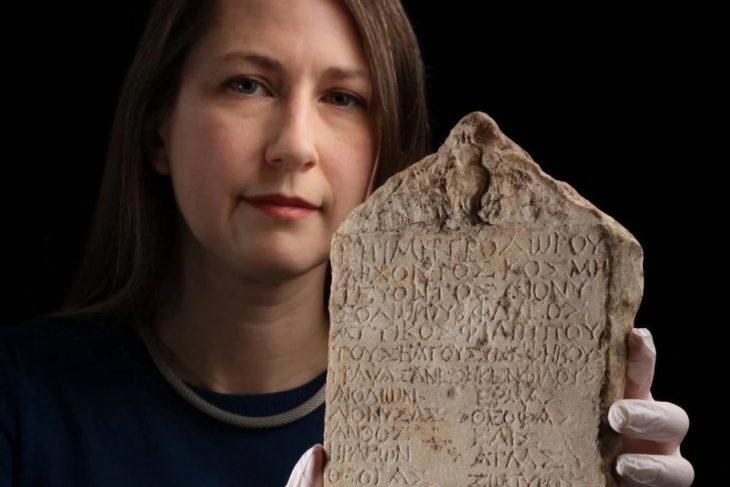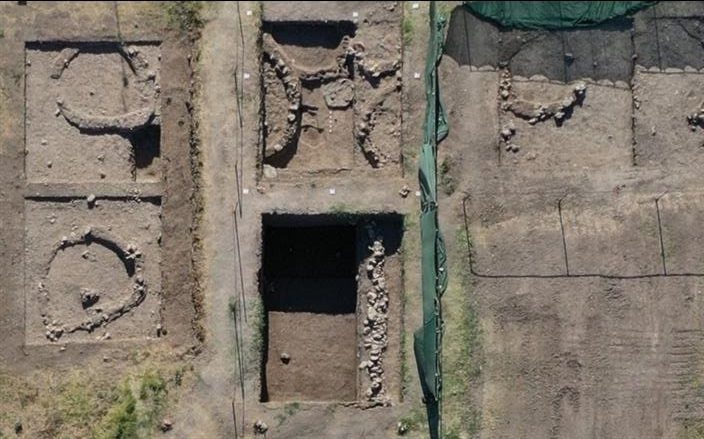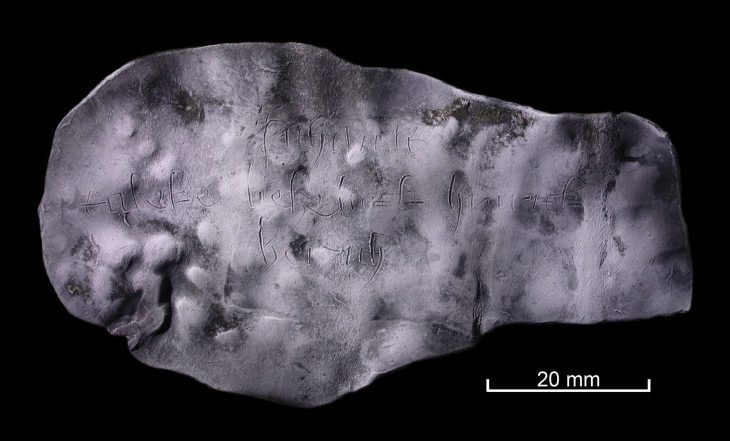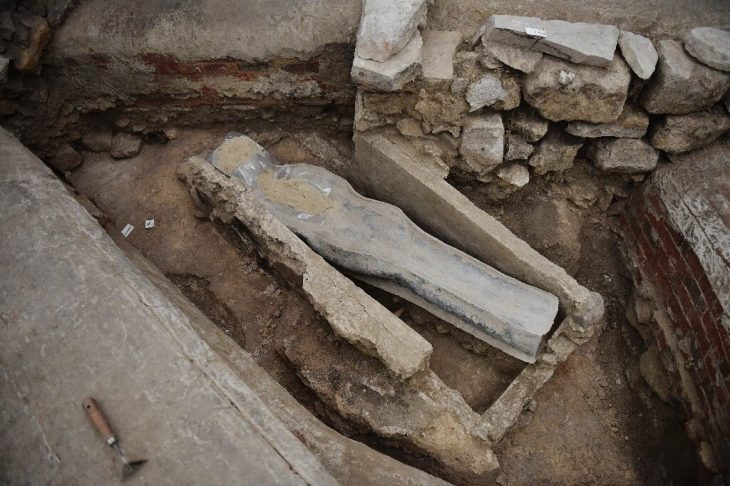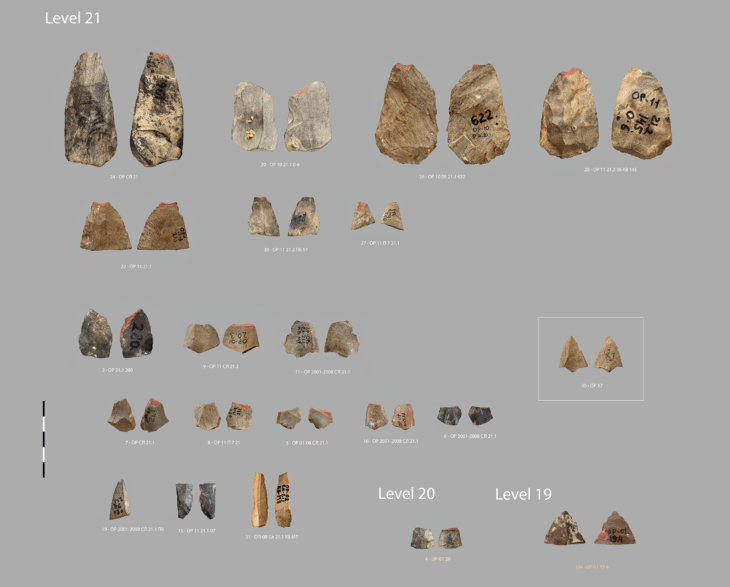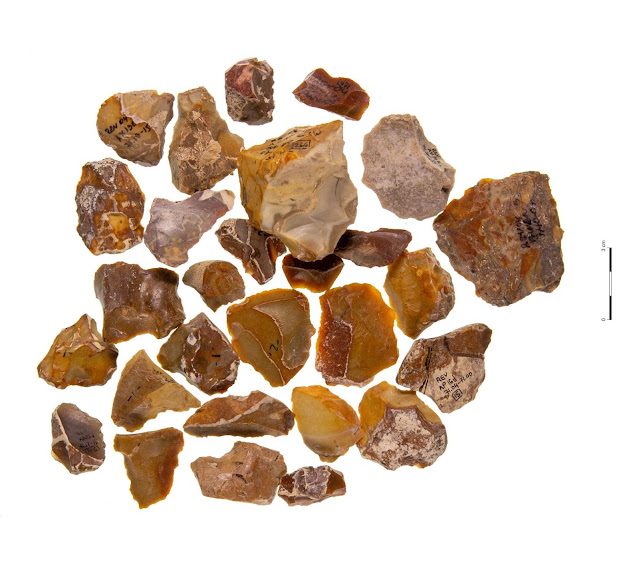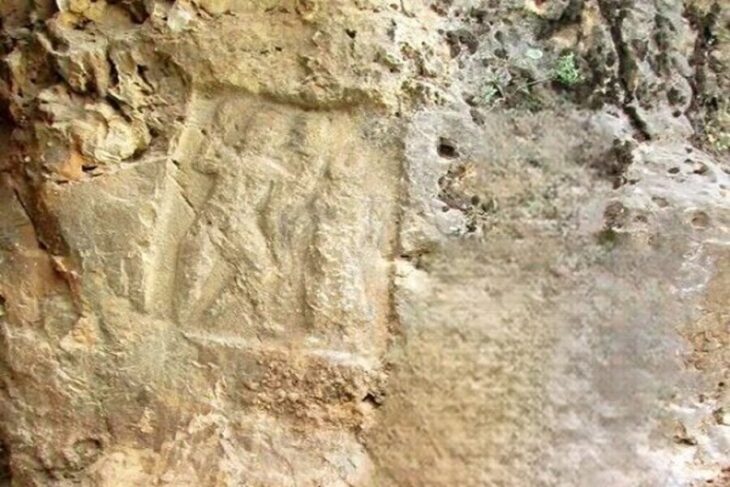In western Iran, Iranian archaeologists discovered a part of a royal memorial inscription attributed to the Neo-Assyrian king Sargon II.
“During an excavation project in Qabaq Tappeh of Kermanshah province, a team of Iranian archaeologists has unearthed a portion of a royal memorial inscription, which is attributed to Sargon II, who was the king of the Neo-Assyrian Empire,” ISNA quoted archaeologists Sajad Alibeigi, who leads the survey, as saying.
The royal inscription, which bears 23 lines of writing in cuneiform, is deemed to be the most significant discovery of the survey so far, according to the archaeologist.
“Qabaq Tappeh was once an important and extensive settlement inhabited at least from the third millennium BC to the Islamic era,” Alibeigi noted.
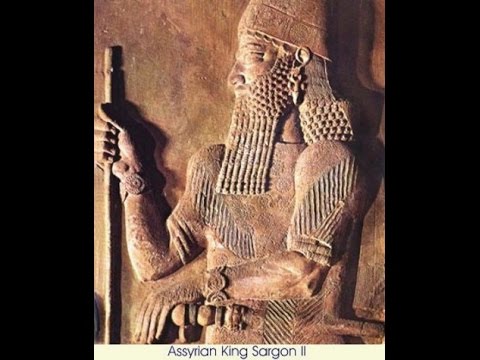
Sargon II (721–705 BC) expanded and consolidated his father Tiglath-pileser III’s conquests. When he took the throne, he was immediately confronted with three major issues: dealing with the Chaldean and Aramaean chieftainships in southern Babylonia, the kingdom of Urartu, and the tribes to the north in the Armenian highlands, and Syria and Palestine.
📣 Our WhatsApp channel is now LIVE! Stay up-to-date with the latest news and updates, just click here to follow us on WhatsApp and never miss a thing!!
These were, for the most part, Tiglath-pileser III’s conquests. Sargon’s problem was not only to preserve the status quo but also to expand his conquests in order to demonstrate the might of Ashur, the Assyrian empire’s national god.
Assyria was a northern Mesopotamian kingdom that grew into one of the ancient Middle East’s great empires.
In the 9th century BC, the Assyrian kings began a new period of expansion, and from the mid-8th to the late 7th century BC, a series of strong Assyrian kings — including Tiglath-pileser III, Sargon II, Sennacherib, and Esarhaddon — united most of the Middle East under Assyrian rule, from Egypt to the Persian Gulf.
Ashurbanipal was the last great Assyrian ruler, but his final years and the period following his death in 627 BC are unknown. In 612–609 BC, a Chaldean-Median coalition destroyed the state. The Assyrians were known for their cruelty and fighting prowess, but they were also master builders, as evidenced by archaeological sites at Nineveh, Ashur, and Nimrud.
Source: Tehran Times


